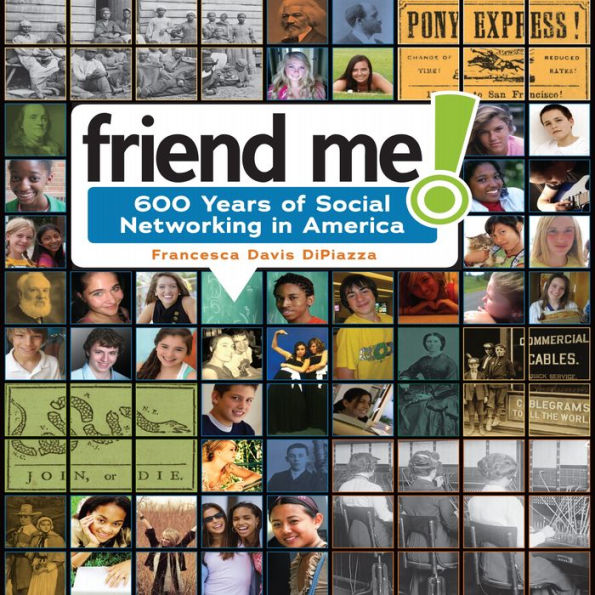Gr 6 Up—Arranged chronologically, this volume begins with the Iroquois and describes how Indians appointed knowledge keepers to learn and pass on stories of the tribe, and how they used wampum as a social-networking tool. For the Puritans, the Bible was the guide to activities that brought people together. Following chapters offer accounts of famous Americans, including Ben Franklin, and their role in the efforts of society to develop connectivity among people through newspapers, coffeehouses, the telegraph, mail-order catalogs, neighborhood activities, and so on. Unfamiliar words are defined in context, and numerous captioned black-and-white photos and sidebars add additional appeal to this fascinating topic. Comprehensive source notes provide support for those using the book strictly for research.—Susan Shaver, Hemingford Public Schools, NE
5
1

Friend Me!: 600 Years of Social Networking in America

Friend Me!: 600 Years of Social Networking in America
FREE
with a B&N Audiobooks Subscription
Or Pay
$16.99
$19.99
19.99
In Stock

Editorial Reviews
Product Details
| BN ID: | 2940171884789 |
|---|---|
| Publisher: | Lerner Publishing Group |
| Publication date: | 01/01/2017 |
| Series: | Nonfiction ¿ Young Adult |
| Edition description: | Unabridged |
| Age Range: | 12 - 17 Years |
Videos


From the B&N Reads Blog
